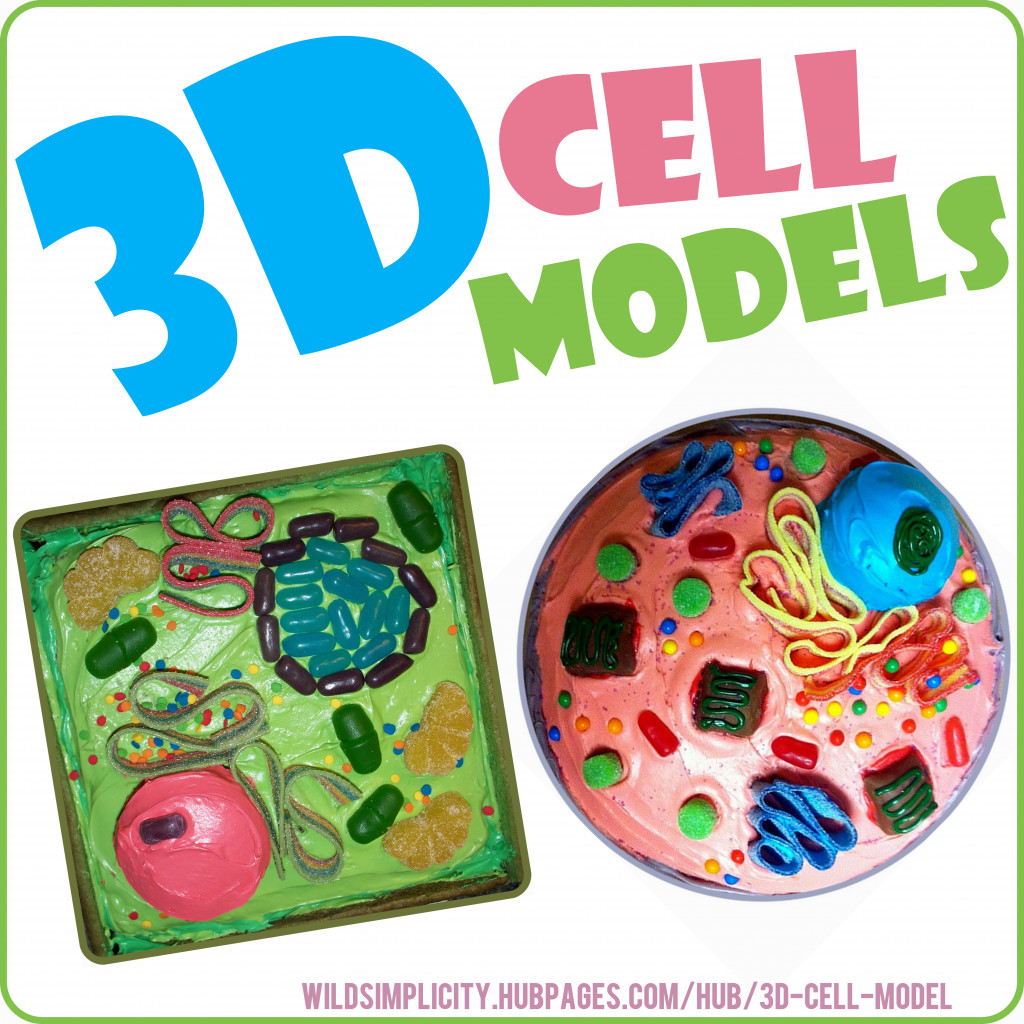3d Plants Cell

This is a lesson for high school Biology students (usually Freshmen and Sophomores) who are studying the cellular unit. The topic of this lesson is cell parts/organelles and the functions they serve.LEARNING OBJECTIVE/ instructional objective: Using class notes, students will each construct a 3D representation of a cell with 10 labeled cell parts.This project is part of a larger lesson. My videos refer to a song/poem the students will be asked to write and other options for 3D cell models. This instructable is on how to make the example model: the fruit bowl version.References (for the attatched handouts)Armstrong, W. (2001) “Comparison Of Plant & Animal Cells.” Retrieved from. Take the larger segment of orange and use the permanant marker to draw dots on its outer surface. These represent nuclear pores.
Pour a drop of food coloring onto the center of the orange. This represents the nucleolus.It gets a little complicated to describe with words only here, so save yourself a headache and watch the video.Place the orange off to one side in your mixing bowl (aka cell membrane) and wrap one of your banana slices with raisins around it (as much as possible). The rough ER surrounds the nucleus, but let's not get into crazy complicated manuvers. Write a little note to yourself if you like, but it's going to be OK.Lay the other banana slice with raisins in the cell so that one end or edge is touching the first one (the ER is connected and the rough ER runs through much of the cell). Break a non-raisin banana slice in half and lay it in the cell so that the halves touch eachother and one touches the first raisin slice (the one wrapped around the orange). I ate the fourth banana slice. Yum.Grab the quarter of the orange you cut out earlier and remove the peel, keeping the mebrane-bound fruit together as much as possbile.
This is the golgi body. Place it a small distance from your second rasin-babana slice (the rough ER not around the nucleus). Drop a few apple slices around it: one between the rough ER and the golgi body, one between the golgi body and the membrane, and a third wherever you feel like plopping it.
How To Make A 3d Plant Cell
If you don't have the pre-mixed and semi-cooled (clear) geletin I suggested making, I would whip some up now. Since you're not likely to eat this, I'd suggest using half the directed amount of water and throwing it in the freezer.
It will thicken faster. Also, DO NOT pour hot jello mix into your cell and put the whole thing in the fridge. Your centrioles and mitochondria will melt, your nucleolus will bleed all over, your ERs will begin to disintigrate. Just bad news.Ok. You have your geletin. Now grab a plastic fork. Break off three of the tines (you may want to coloe the remaining tine with permanant marker) and affix a masking-tape label to the end of the fork handle.
With the fork facing handle-side-up, write 'nucleus' on the label. Stick it into the nucleus. Repeat for your other cell parts.Note that some forks will need additional support.

Lean them agains the bowl or arrange for geletin to support them. I gave up on doing a centriole fork and used a twist-tie instead. Alternatively, you could straighten out large paper clips and use them in place of the forks.The cell parts I labeled were: Cell membrane, nucleus, nucleolus, smooth ER, rough ER, (bound) ribosomes, vessicle, lysosome, mitochondria, and centriole.Pour in your geletin and make sure all labeling apperatus is steady. The overall project looks like this: You are going to make a 3D model of a cell, any type of cell you want as long as it has at least 10 cell parts to label. I want you to have fun with this. Don’t worry about perfection, in fact I’m hoping for some imperfections, because you are going to explain your model’s imperfections to me. That’s worth five points.

You’re going to write something like ‘My model has dots drawn on the rough endoplasmic reticulum instead of the rough ER having a bumpy surface, like in a real cell. Those bumps are ribosomes’ etcetera. You have an opportunity for extra credit if you give me an impressive explanation of how the structure of the cell part affects the job it performs. You will also write a poem or a song (with a tune/beat) describing the functions of five of these cell parts.